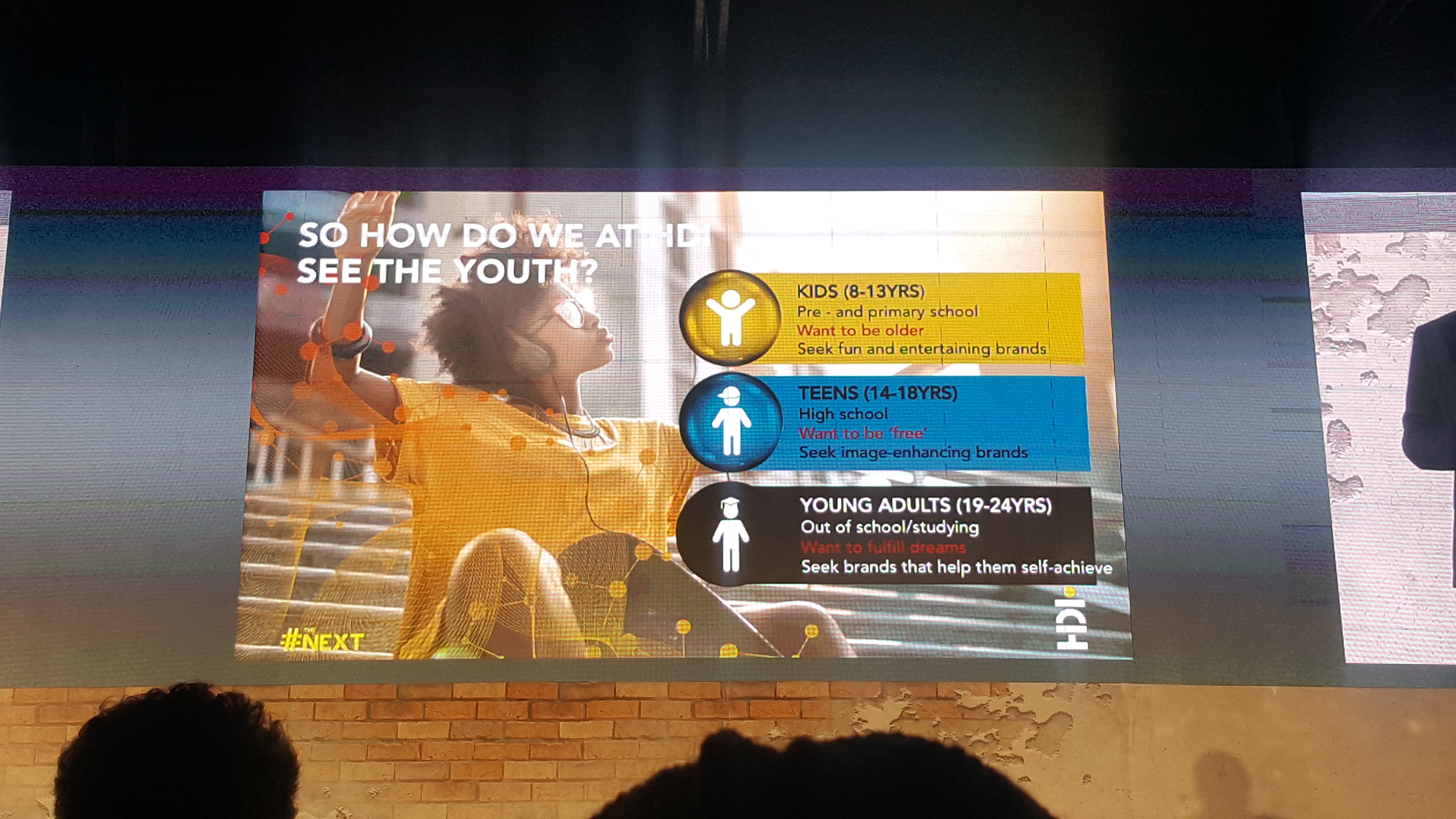At the IMC Conference on Thursday, 14 March, Bongani Chikanda from
HDI Youth Marketeers gave a presentation about how to youth-proof your brand.
He said that AB InBev had recently released their sales findings and noted that beer consumption was declining in developed markets. But why is that? Is it because consumers have a new alcoholic beverage of choice? Not according to Chikanda.
“Beer consumption is down because young people don’t want to have hangovers. You can’t have a hangover and then be on Instagram the next day.”
“The issue here is that brands are not competing against each other, [they are competing against] culture.”
Segmenting the generations
Chikanda said that marketers need to have a deep understanding of the generational culture of the people they are marketing to.
He defined the generational segments as follows:
- Pre-War: Born before 1945 (73 years and older)
- Baby Boomer: Born between 1945 and 1965 (53 – 72 years old)
- Generation X: Born between 1966 and 1979 (39 – 52 years old)
- Millennials: Born between 1980 and 1995 (23 – 38 years old)
- Generation Z: Born between 1996 and 2009 (nine – 22 years old)
- Generation Alpha: Born from 2010 onwards (eight years and younger)

So now you know exactly which categories consumers fall into.
So what?Well … it’s the
size of the opportunity that the youth market offers that really matters here.
According to HDI’s research, the youth (24 years old and under) make up a staggering
46% of the South African population. Yep, you read that right — 46%! Nearly half the country’s population is under the age of 25.
Their research found that children from birth to 14 years old make up 28% of the population. That’s 15 502 666 people out of South Africa’s 58 million population.
18% of the population is made up of youths aged 15 to 24 — that’s 9 658 058 people.
“46% of the South African population is under the age of 25.”

What does each generation want?
According to Chikanda, understanding what each segment of the youth is looking for is vital to prepare for how to market to them.
HDI’s research shows that:
- Children (aged eight to 13 years old) want to grow up and be older, and subsequently seek fun and entertaining brands
- Teenagers (aged 14 to 18 years old) want to be ‘free’ and seek out brands that enhance their image
- Young adults (aged 19 to 24 years old) want to fulfill their dreams and look for brands that will help them achieve their goals.

So what do brands need to do?
HDI’s research concluded that brands need to keep certain insights in mind when developing solutions for the new generation.
Brands need to know that the youth:
- Are fed up with the status quo and want to drive real social change
- Have ruled out the traditional and are open to the more unconventional (often, the more unconventional the better)
- Are hustlers carving their way towards their big break
- Are savvy and connected, thanks to the Internet
- Need to share their journey and experiences with others (#PicsOrItDidntHappen)
Armed with that knowledge, brands preparing for the next generation need to have a purpose greater than simply selling a product. Since the youth are so focussed on social change, brands need to actively be involved in the communities and
do good for others.
Their messaging needs to remain consistent and authentic — no one is quicker than young people when it comes to spotting brands pushing a message they don’t believe in. Further, brands need to be curious and hungry — wanting to locate their brand in youth culture and become a part of
their world, instead of trying to bring them into yours.
Are there any other ways that you think brands can prepare themselves for the next generation of consumers? Let us know in the comments section below.
Want to know more about how to tweak your marketing strategies to attract a younger audience? You’re in luck! Our article, Hey marketers — here are five ways you can attract Gen Z shows you how.